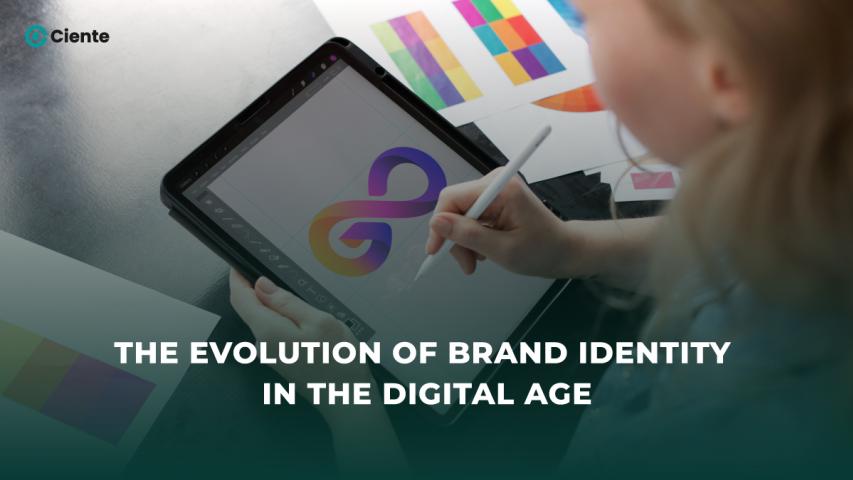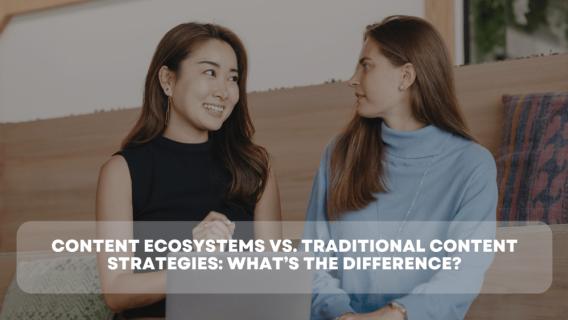In today's fast-paced, highly competitive marketplace,
building a successful brand goes beyond offering a great product or service. To
truly stand out, brands must
evolve into cultural icons, embedding themselves into the collective
consciousness of society. This transformation, while challenging, is achievable
through a strategic blend of storytelling, innovation, and relevance. One of
the key drivers in this journey is the effective use of Martech, or marketing technology, which enables brands
to create personalized experiences and foster deeper connections with their
audiences.
Understanding the Cultural Icon
What sets a cultural icon apart from a regular brand? Iconic brands transcend their commercial function and take on a symbolic role within society. Think of brands like Nike, Apple, and Coca-Cola. They don't just sell shoes, technology, or beverages; they represent ideals, life>
But how do brands achieve this kind of recognition and
influence? The journey from concept to cultural icon requires deliberate,
consistent effort, and it often revolves around the following pillars:
purpose-driven branding, consistent storytelling, and relevance in culture.
The Role of Purpose-Driven Branding
At the heart of every cultural icon is a strong brand
purpose. This is more than just a mission statement; it’s the core belief that
drives every action the company takes. For instance, Nike’s purpose is to
inspire athletes to achieve their best, while Apple aims to challenge the
status quo through innovation. These brands have defined a clear purpose that
resonates with their target audience and society at large.
A purpose-driven brand communicates authenticity, and in
today’s landscape, authenticity is a major currency. Consumers, especially
Millennials and Gen Z, are increasingly drawn to brands that reflect their
values. Companies that align themselves with social causes or movements can
leverage this to create a deeper connection with their customers. Patagonia,
for example, has become a symbol of environmental activism, attracting loyal
followers who care about sustainability.
The Power of Consistent Storytelling
While a clear purpose is essential, it is equally important
to communicate that purpose consistently across all touchpoints. This is where
storytelling comes in. Storytelling helps brands humanize their offerings and
engage with their audience on a personal level. When done correctly, it weaves
a narrative that customers not only relate to but also want to be a part of.
Apple’s "Think Different" campaign is an example
of storytelling that resonates deeply. It wasn’t just about computers; it was
about celebrating creativity, individuality, and the spirit of innovation. By
consistently telling this story across various platforms, Apple solidified its
position as more than just a tech company —
it became a brand synonymous with creativity and innovation.
With the rise of Martech, brands now have unprecedented
opportunities to personalize these narratives. By leveraging data analytics,
machine learning, and automation, companies can create tailored content that
speaks directly to individual consumer experiences. This level of
personalization helps brands build stronger emotional connections, as consumers
feel understood and valued.
Relevance in Culture
To become a cultural icon, brands must also remain relevant.
Cultural relevance is achieved by staying attuned to societal shifts and being
flexible enough to adapt. This can be seen in how brands respond to social
movements, trends, and events. Nike’s partnership with Colin Kaepernick during
the height of the Black Lives Matter movement is a prime example of a brand
tapping into cultural relevance. By taking a stand on a divisive issue, Nike
reinforced its brand values of courage and determination, gaining both
admiration and criticism but undoubtedly cementing its role as a cultural
symbol.
Coca-Cola’s long history of successful campaigns also
highlights the importance of cultural relevance. The "Share a Coke"
campaign, where bottles were personalized with common names, tapped into the
trend of personalization and social sharing. It allowed people to see
themselves in the brand, making it more relatable and further embedding
Coca-Cola into everyday life.
In today's digital age, staying culturally relevant often
requires the use of Martech. By utilizing tools like social listening, brands
can gain real-time insights into consumer sentiment and cultural trends. This
enables them to react quickly to shifts in consumer behavior or societal
issues, ensuring they remain part of the cultural conversation.
The Role of Tech in Iconic Brand Building
The evolution of brands into cultural icons is heavily
influenced by technology, especially as the lines between digital and physical
experiences continue to blur. Tech-driven innovation allows brands to offer
more immersive and engaging experiences, further solidifying their cultural
relevance.
Augmented reality (AR), virtual reality (VR), and artificial
intelligence (AI) are increasingly becoming part of brand strategies, helping
companies create memorable customer experiences. For example, Nike’s use of AR
in their app allows customers to virtually try on shoes, enhancing the shopping
experience and deepening brand loyalty.
Moreover, Martech tools provide critical insights that help
brands optimize their strategies. From personalized email marketing campaigns
to predictive analytics that forecast consumer trends, Martech enables brands
to stay ahead of the curve and deliver value in ways that resonate with modern
consumers.
The Tech Article Angle: How Technology Shapes Cultural
Icons
At its core, building a cultural icon in today’s world
requires a blend of tech-savvy innovation and human-centric storytelling.
Brands need to constantly evolve, leveraging technological advances to create
seamless, meaningful interactions with their audience. This is where the
intersection of marketing and technology, or Martech, becomes essential. By
harnessing the power of Martech, brands can analyze data to understand consumer
preferences, craft personalized experiences, and remain agile in responding to
societal changes.
Conclusion
Becoming a cultural icon isn’t an overnight process, nor is
it a static achievement. It requires a deep understanding of brand purpose,
consistent storytelling, and the ability to stay relevant in a rapidly changing
cultural landscape. With the help of Martech, brands can navigate this journey
more effectively, using technology to not only understand but also anticipate
cultural shifts. As brands continue to innovate and connect with their
audiences in meaningful ways, they can cement their place as cultural icons,
defining not only their industry but also contributing to the broader cultural
narrative.















